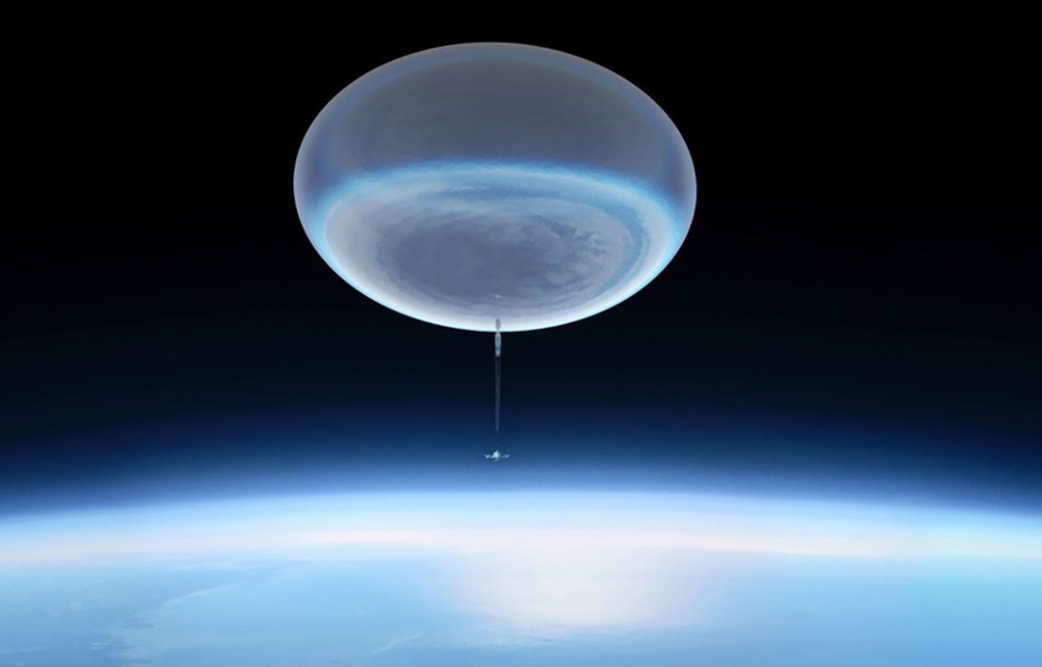
A balloon launched by the Chinese government zigzagged eastward across the U.S. at about 60,000 ft. on Feb. 3, sparking a new diplomatic row between Washington and Beijing over dueling claims about its purpose and highlighting a nascent push on both sides of the Pacific to militarize lighter-than-air systems.
The Chinese Foreign Ministry’s explanation that an accident sent a wayward weather research balloon off course recalls similar cover stories evoked decades earlier, with the awkward twist about U.S. military attempts to spy on the Soviet Union.
In 1947, Project Mogul sent U.S. Army Air Force balloons over the Soviet Union to search for evidence of nuclear testing. A decade later, Project Moby Dick sent thousands of more spy balloons across the Iron Curtain. In both cases—and also with manned flights by the Lockheed U-2C—the U.S. government insisted anytime an airspace intruder was spotted that a weather research project simply had gone awry.
Any plausibility these cover stories nurtured in the public mind fell apart in May 1960. Soviets produced captured pilot Francis Gary Powers. The White House, which assumed Powers was dead, had told the world that he was a lost weather scientist. In front of Soviet TV cameras a few days later, Powers admitted he was on a CIA mission when an SA-2 shot down his U-2C over Sverdlovsk.
Nearly 63 years later, the U.S. government is now caught in the inconvenient position that the Soviets faced until the SA-2 proved it could shoot down a U-2C flying at 70,000 ft.: Acknowledging that a strategic competitor has violated sovereign airspace on a military surveillance mission, yet having few attractive options to do anything about it.
The U.S. military is considering all options as it tracks China’s high-altitude balloon across the country, Pentagon spokesman Brig. Gen. Patrick Ryder said. Due to the flagrant U.S. airspace violation, meanwhile, Secretary of State Anthony Blinken has postponed a planned trip to China.
The Pentagon has no plans to create an hour-by-hour, public tracker for the alleged Chinese spy balloon, Ryder said, offering only that it was located generally over the central part of the continental U.S. as of noon on Feb. 3. The balloon carries a payload that the Pentagon has assessed to be a surveillance device, Ryder said. The balloon is also capable of maneuvering and has changed direction, he added. High-altitude balloons, such as Google’s Project Loon, have demonstrated the ability to maneuver by changing altitudes to find different wind currents.
A high-altitude balloon may seem easy to shoot down, but experience has shown otherwise. In 1998, two Canadian CF-18 fighters shot 1,000 20mm rounds into a rogue weather balloon. “An Icelandic official said the Canadian attack caused extensive punctures but failed to release the helium gas from the balloon,” the BBC reported at the time. In fact, the balloon gained altitude and interfered with air traffic over the Atlantic. A radar on an unidentified U.S. maritime patrol aircraft was unable to detect the balloon, since its processing software was not designed to track such objects.
Such apparent invulnerability is one of the reasons for a high-altitude balloon revival in military technology circles. In 2020, Adm. Craig Faller, then-commander of U.S. Southern Command, proposed high-altitude systems, such as balloons, as attractive, low-cost alternatives to fixed-wing aircraft for surveilling large bodies of water.
“What we need, I think, is longer-dwell, innovative-type of technologies with unmanned platforms on the sea or above the sea,” Faller told reporters.
The U.S. Army, meanwhile, includes high-altitude balloons as a candidate for the stratospheric layer of the Multi-Domain Sensing System. In the future, the Army wants airships, balloons or solar-powered drones—or some combination of the three—to rove high above a battlefield, acting as a near-stationary sensor and communications relay, with the capability of dropping hundreds of unattended ground sensors behind enemy lines.
Until then, a Chinese balloon will be flying over U.S. territory through the weekend, possibly supplementing data collected by continuously overflying satellites.
“We assess that it will probably be over the United States for a few days,” Ryder said. “But we’ll continue to monitor [and] review our options and keep you updated as we can.”





